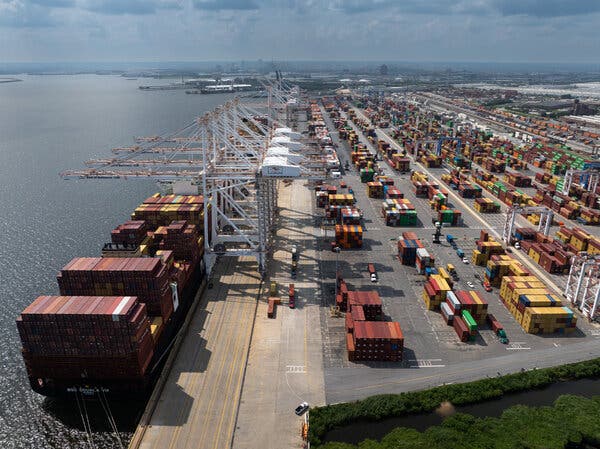President Trump’s upcoming implementation of steep tariffs on nearly 100 countries fulfills a long-standing objective: to dismantle the existing global trade framework he views as detrimental to American jobs and economic interests.
These substantial tariffs mark a dramatic departure from the post-World War II trade system the United States helped establish, replacing uniformly low import duties with varying higher rates tailored to individual countries.
This policy overhaul is set to alter the competitive landscape for many businesses and redirect international trade patterns, potentially reshaping the world economy in the years ahead.
The administration’s rationale is that imposing heavier tariffs will curb imports, stimulate American exports, revitalize manufacturing, and increase government revenue.
However, critics warn that this strategy could isolate the U.S. economically and diplomatically, while fostering closer ties among other global partners. Economists also caution that tariffs may lead to higher consumer prices, unintended consequences for domestic producers, and slower economic growth.
Recent government data highlights these concerns: inflation rose in June, indicating tariffs are beginning to impact consumer prices, and job growth has slowed, suggesting the economic effects of the tariffs are starting to take hold.


0 Comments
No comments yet. Be the first to comment!